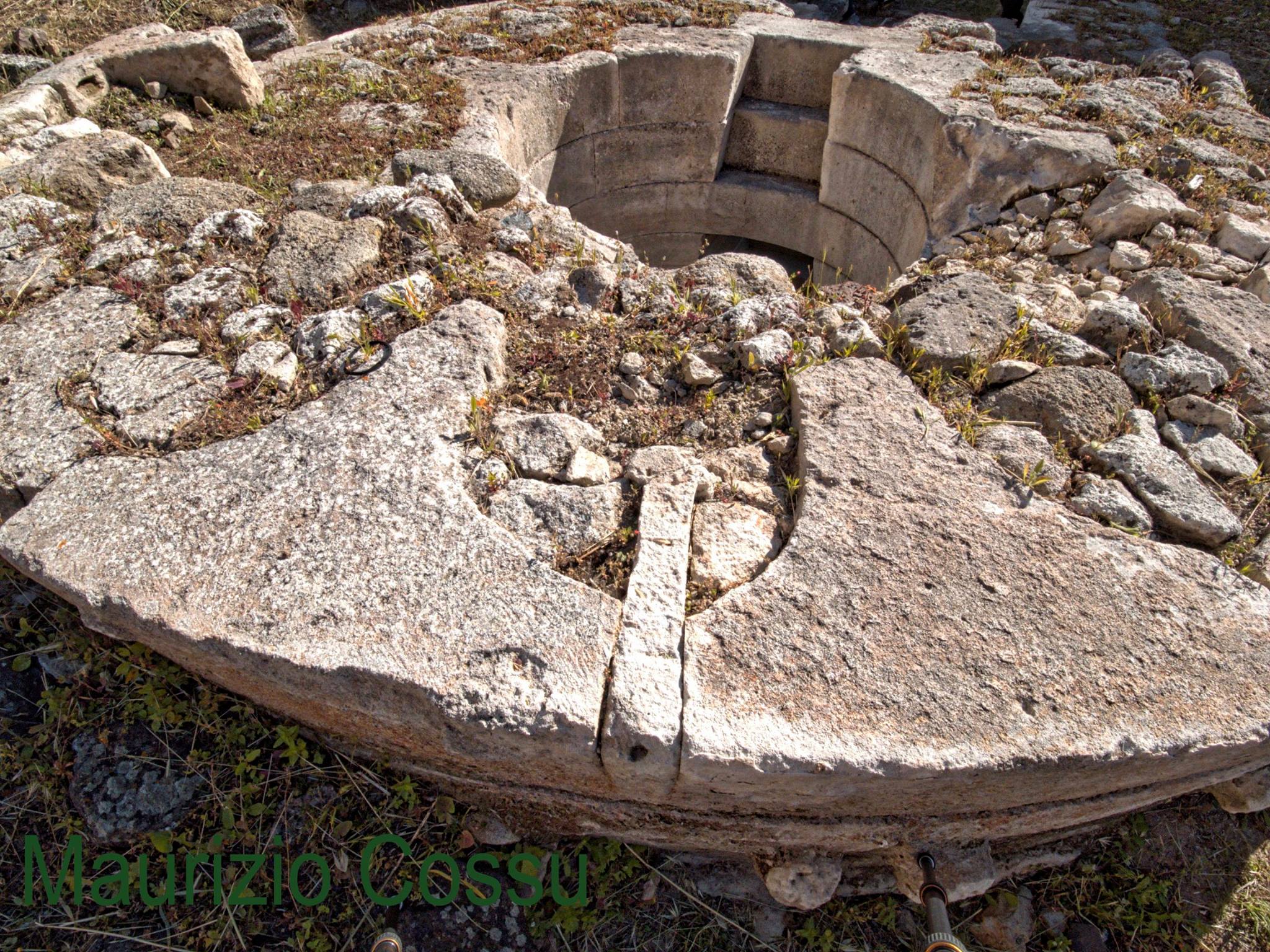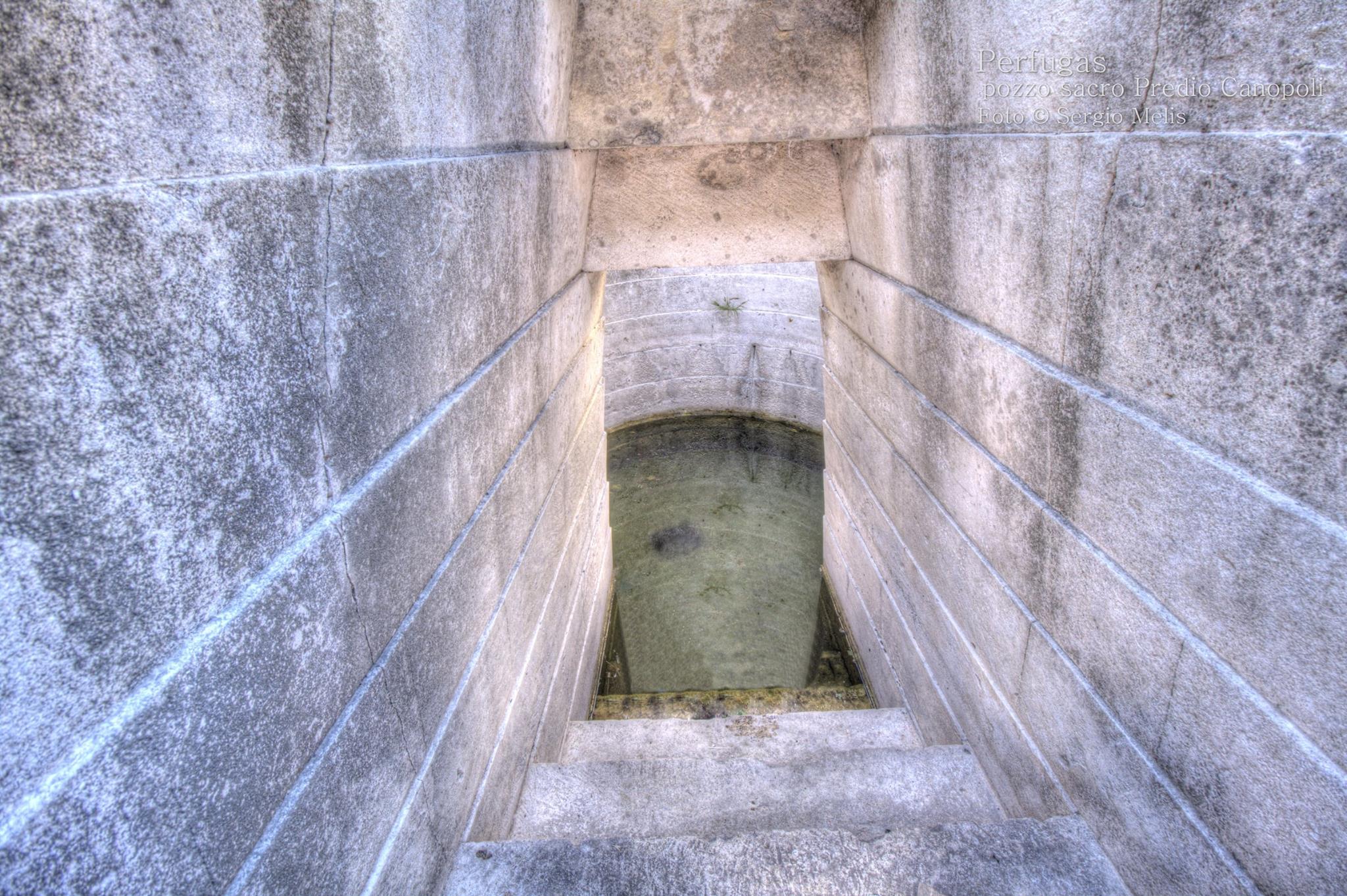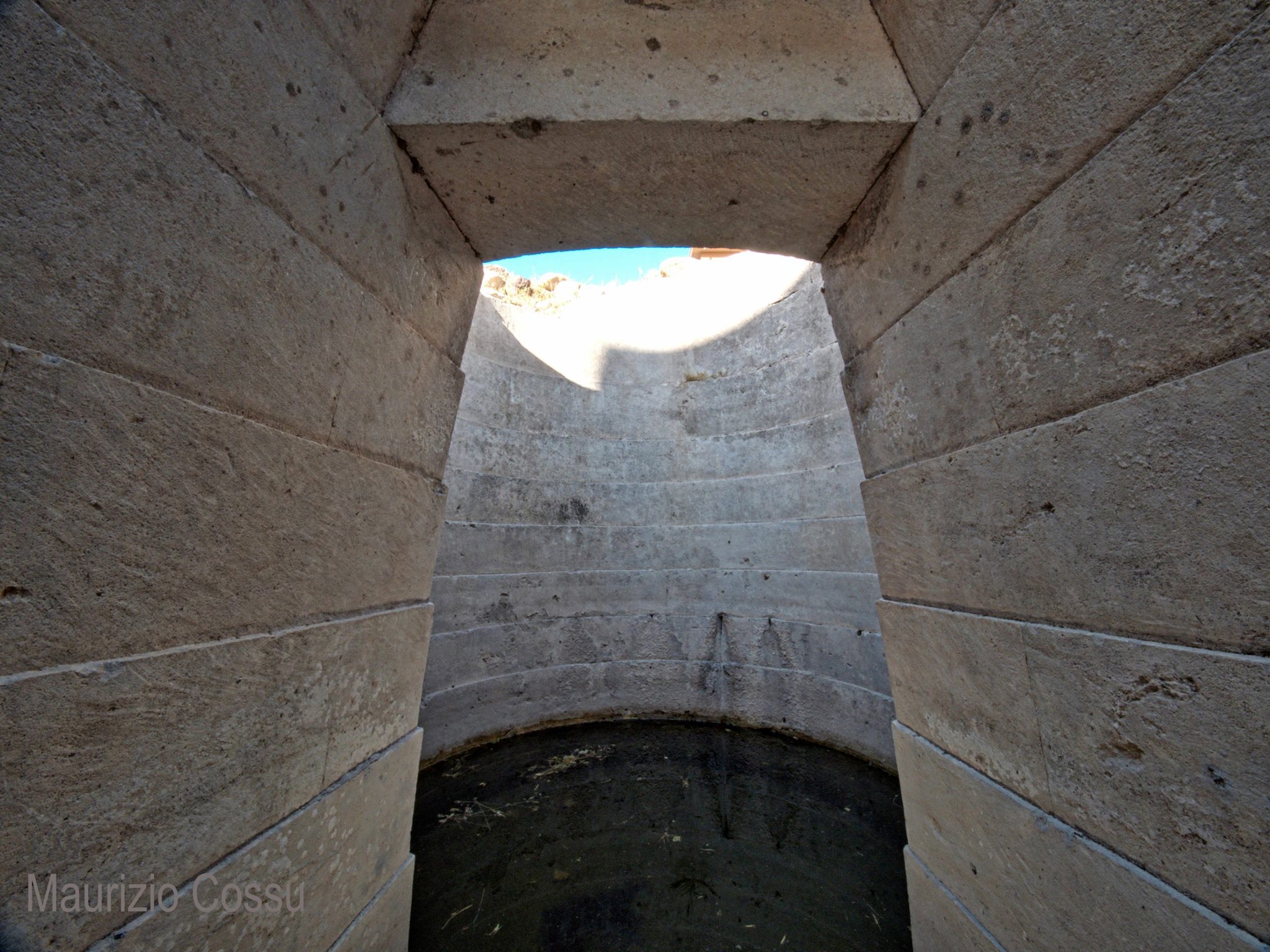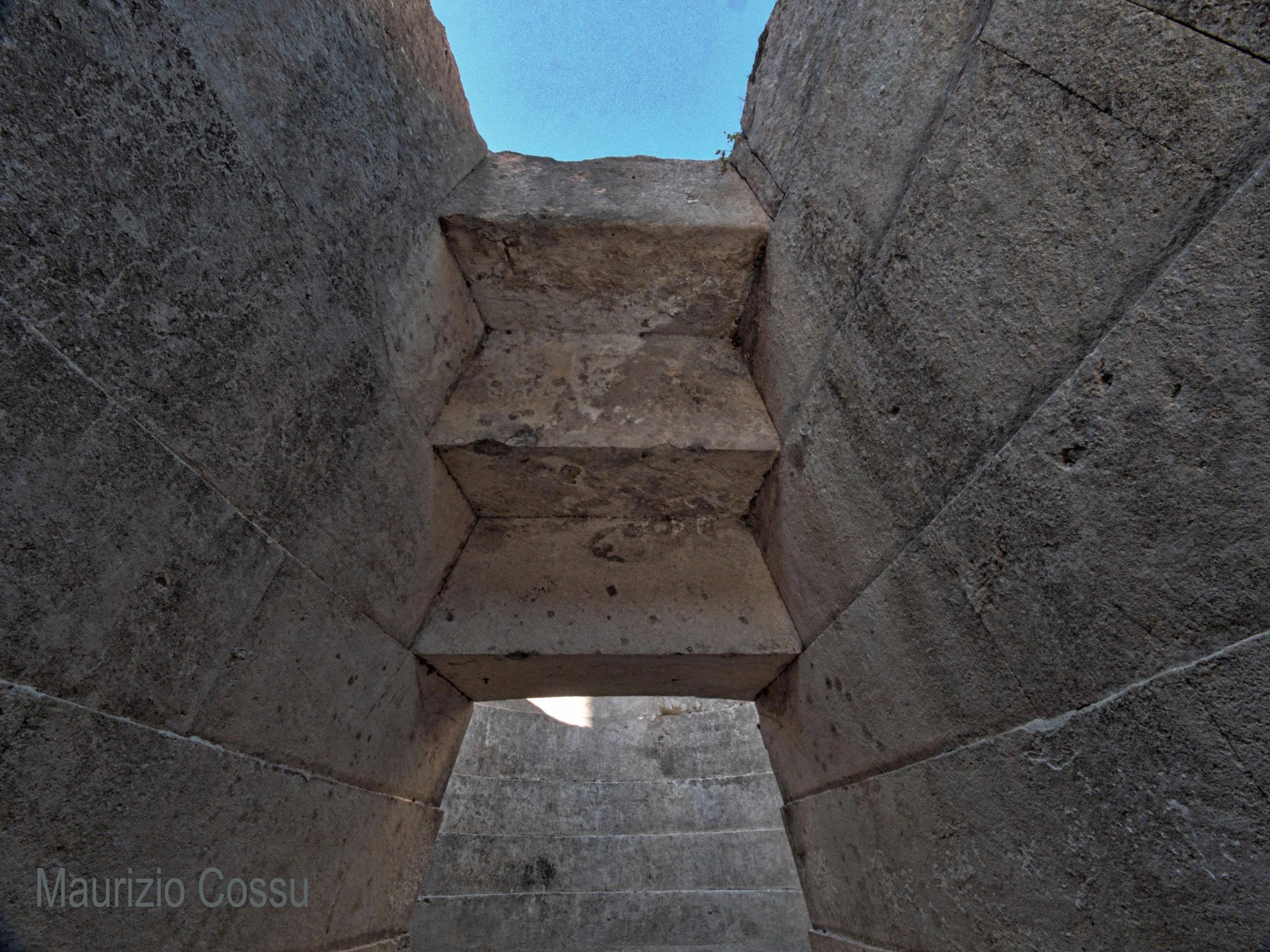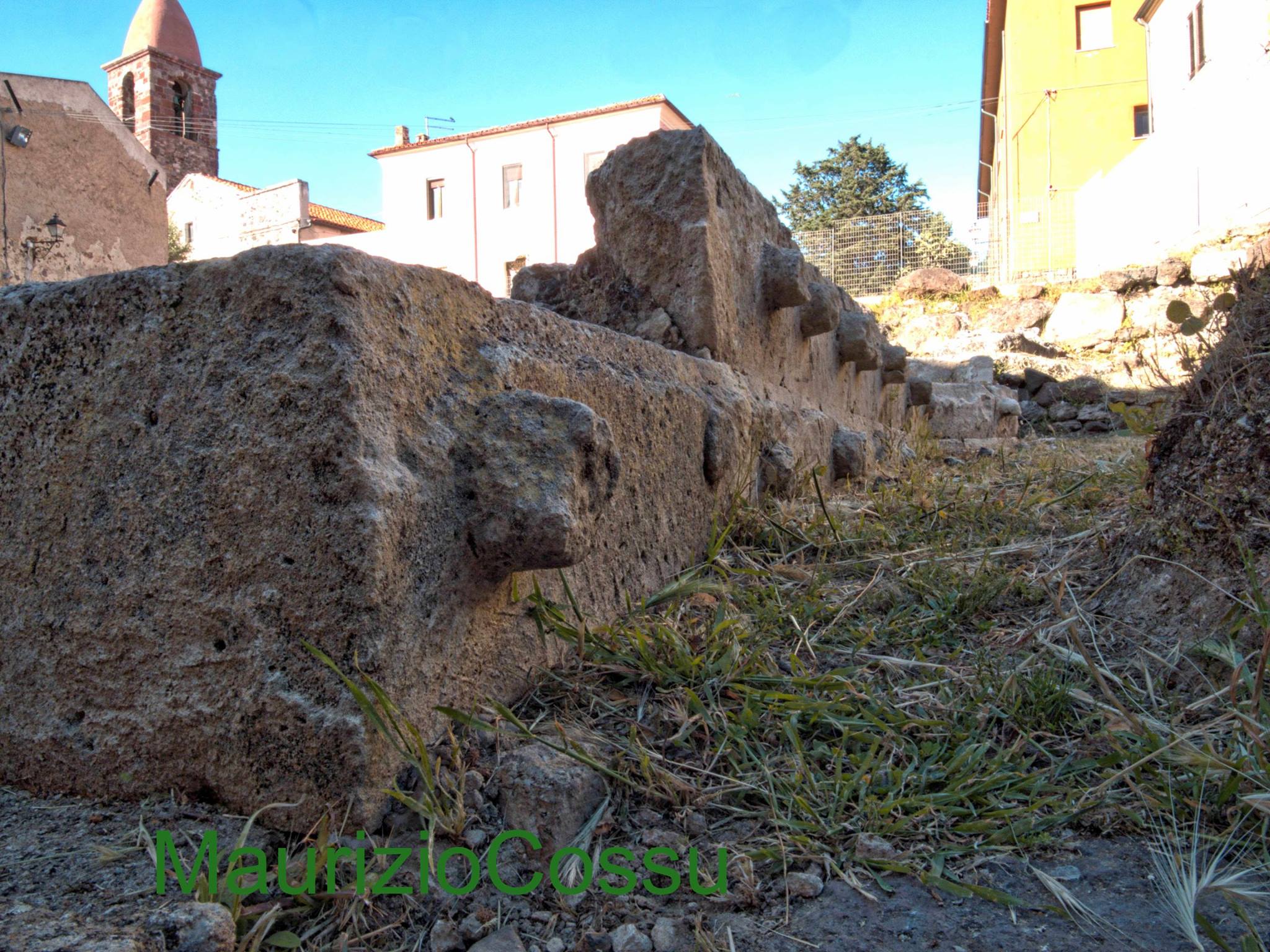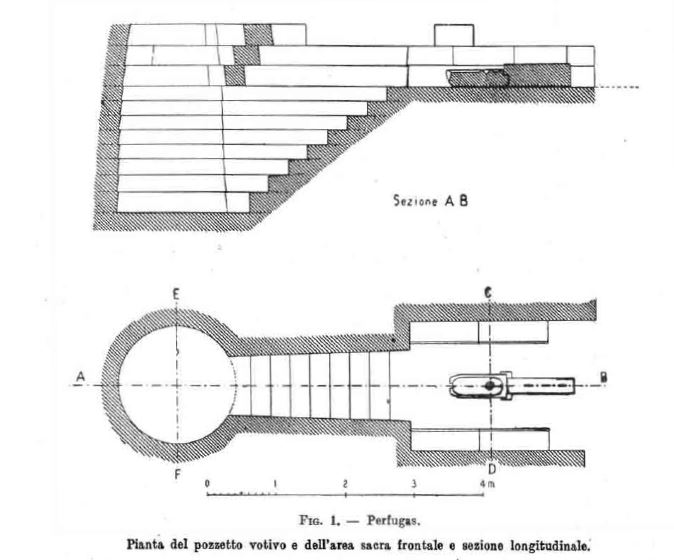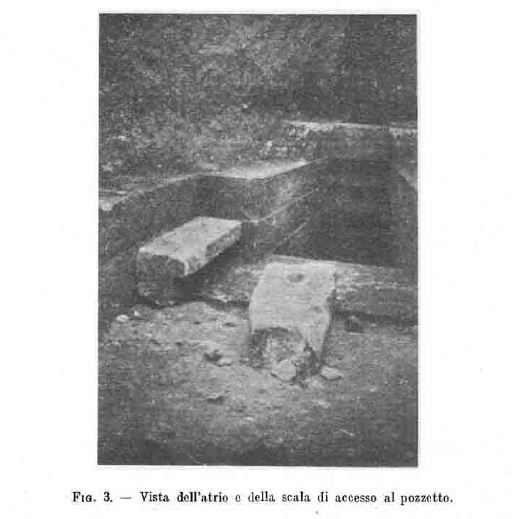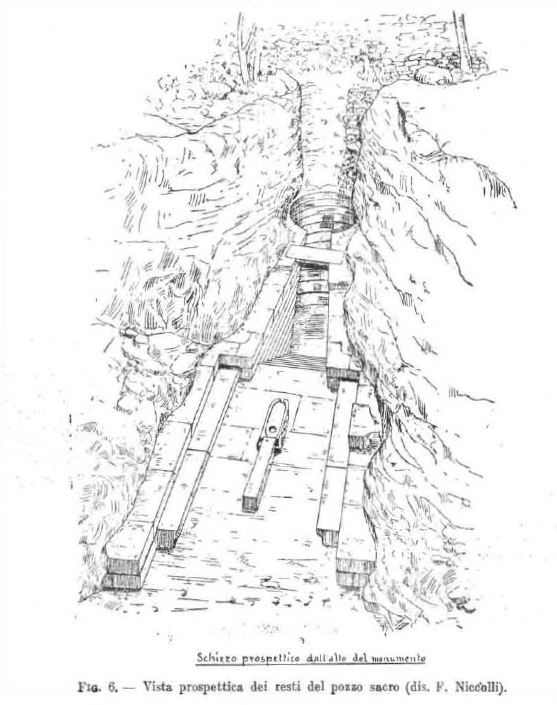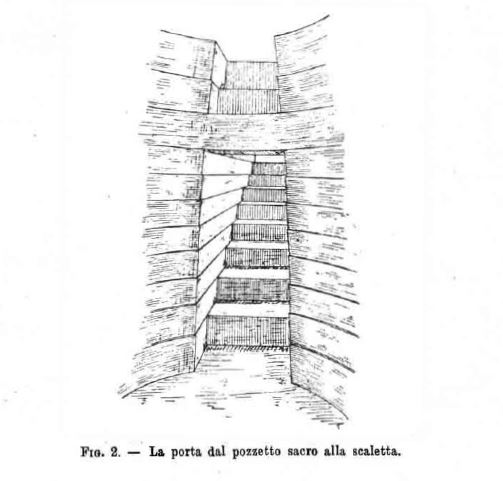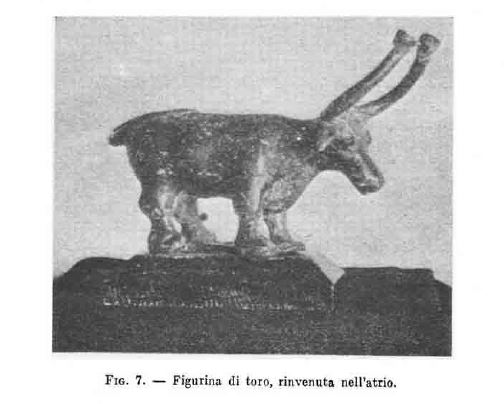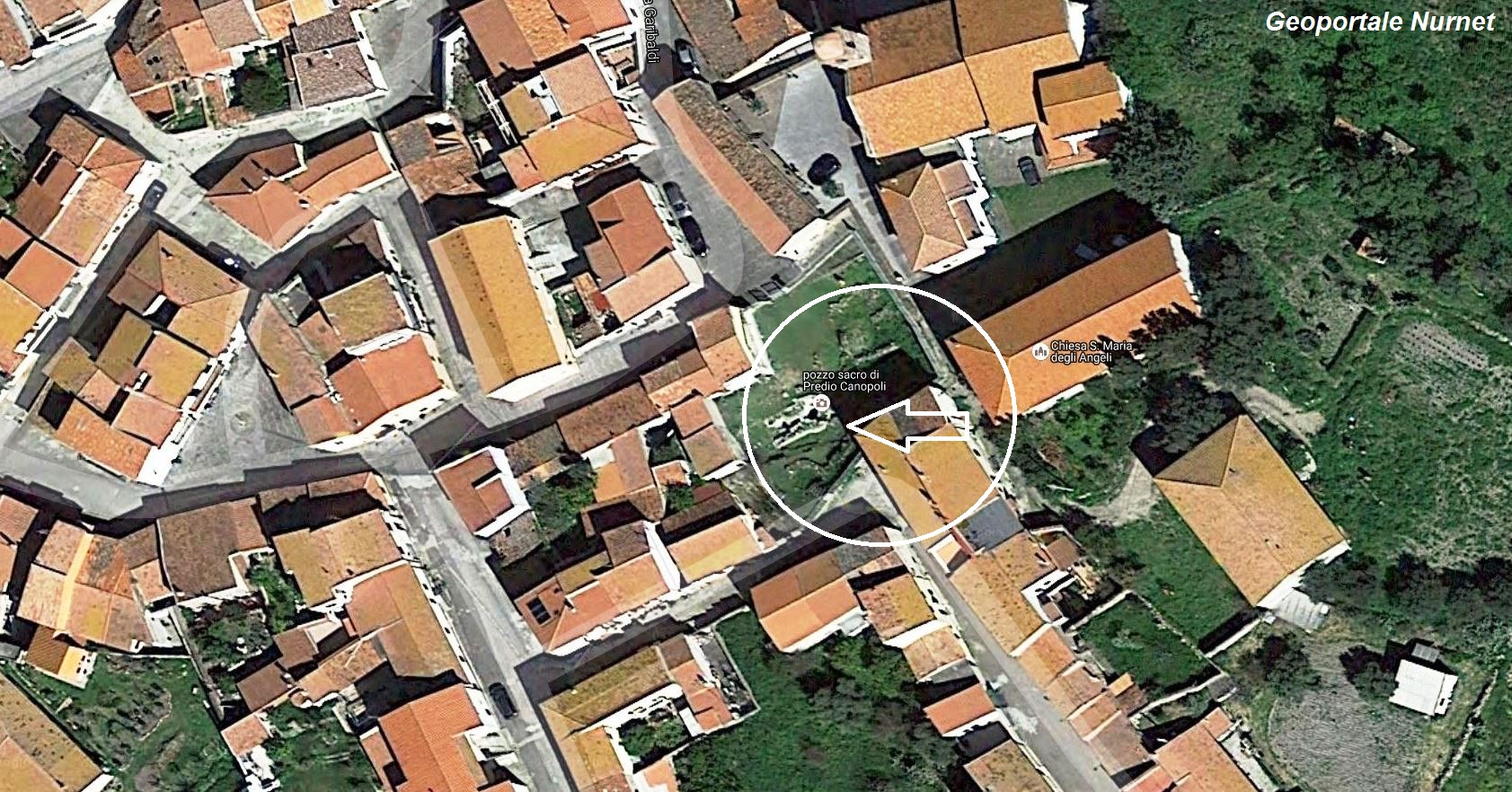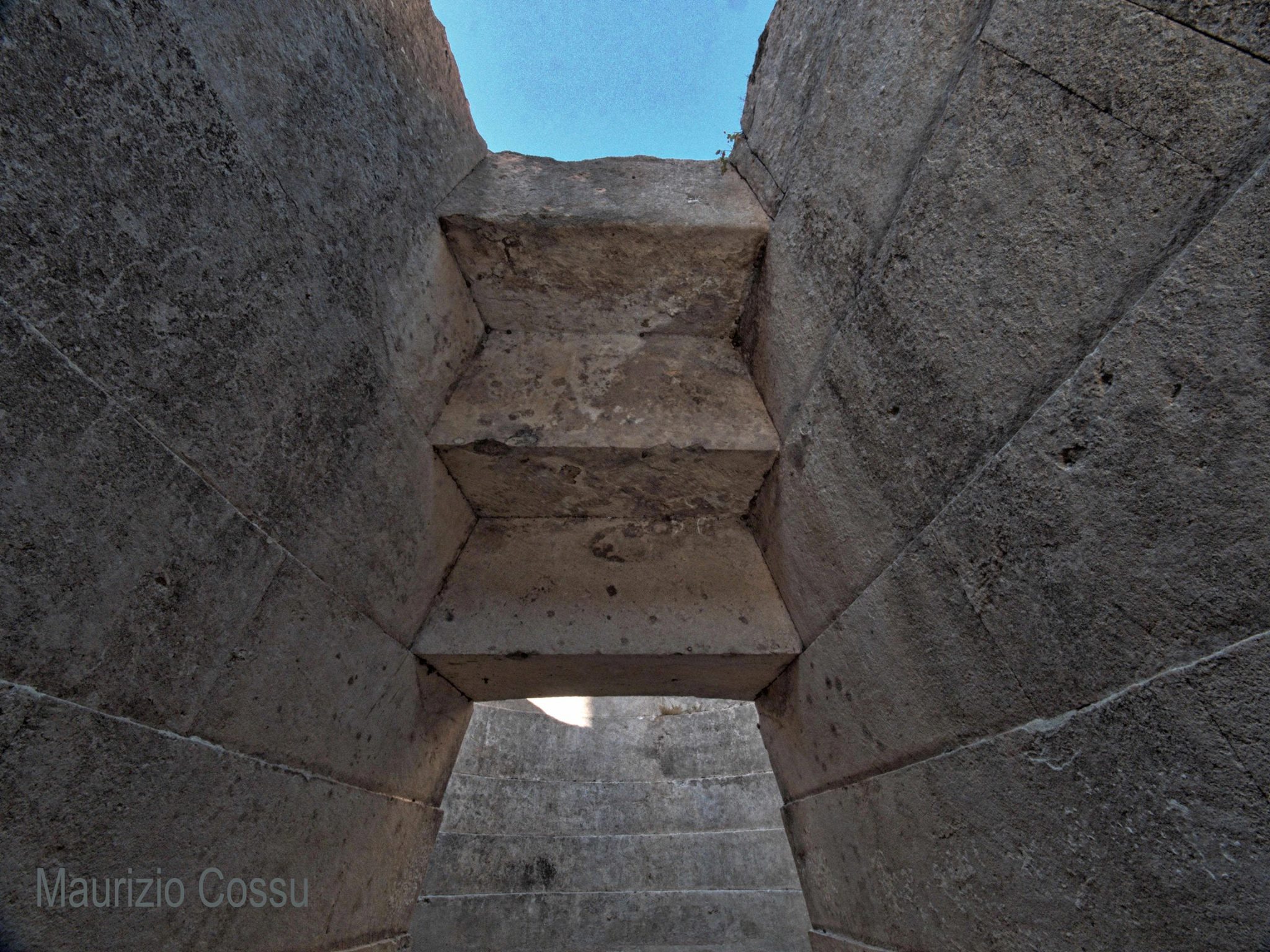“In March of the year 1924, through the diligent honorary inspector of the monuments of Anglona, Cav. Edoardo Benetti, the Superintendency for antiquity excavations of Sardinia was informed of a fortuitous discovery, within the inhabited area of Perfugas, of a singular construction that exhibited the characteristics of a sacred well from the pre-Roman era. The location of the discovery is the garden adjacent to the house of a certain Domenico Canopolo, who, wanting to provide his home with a cesspool, at four meters deep from the surface of the soil uncovered the unsuspected ruin and out of curiosity to see its shape, as well as in the hope of finding treasures, completely emptied both the well and the access stairway and the small area facing it; and he had already begun the demolition of the external parts of the well itself when the Superintendency was able to intervene. The work of this had to be limited to examining the discovery and arranging for a careful survey, which was assigned to Prof. Filiberto Nicolli, to whom the surveys accompanying this report are indeed due. Since at the moment the office could neither extend the excavations nor provide for the costly works that would have been required for the preservation of these remains in the open – which could have been tampered with, given their location in a garden adjacent to a peasant house – it seemed appropriate to advise that the ancient artifact be covered again, especially since the survey carried out offered sufficient knowledge…” (Antonio Taramelli “Scavi e Scoperte 1922-1939” – from the series “Sardegna Archeologica” directed by Alberto Moravetti. Carlo Delfino editore 1985). The black and white photos and the graphs are taken from the cited publication; the color photos are by ArcheoUri Vagando, Maurizio Cossu, and Sergio Melis.
